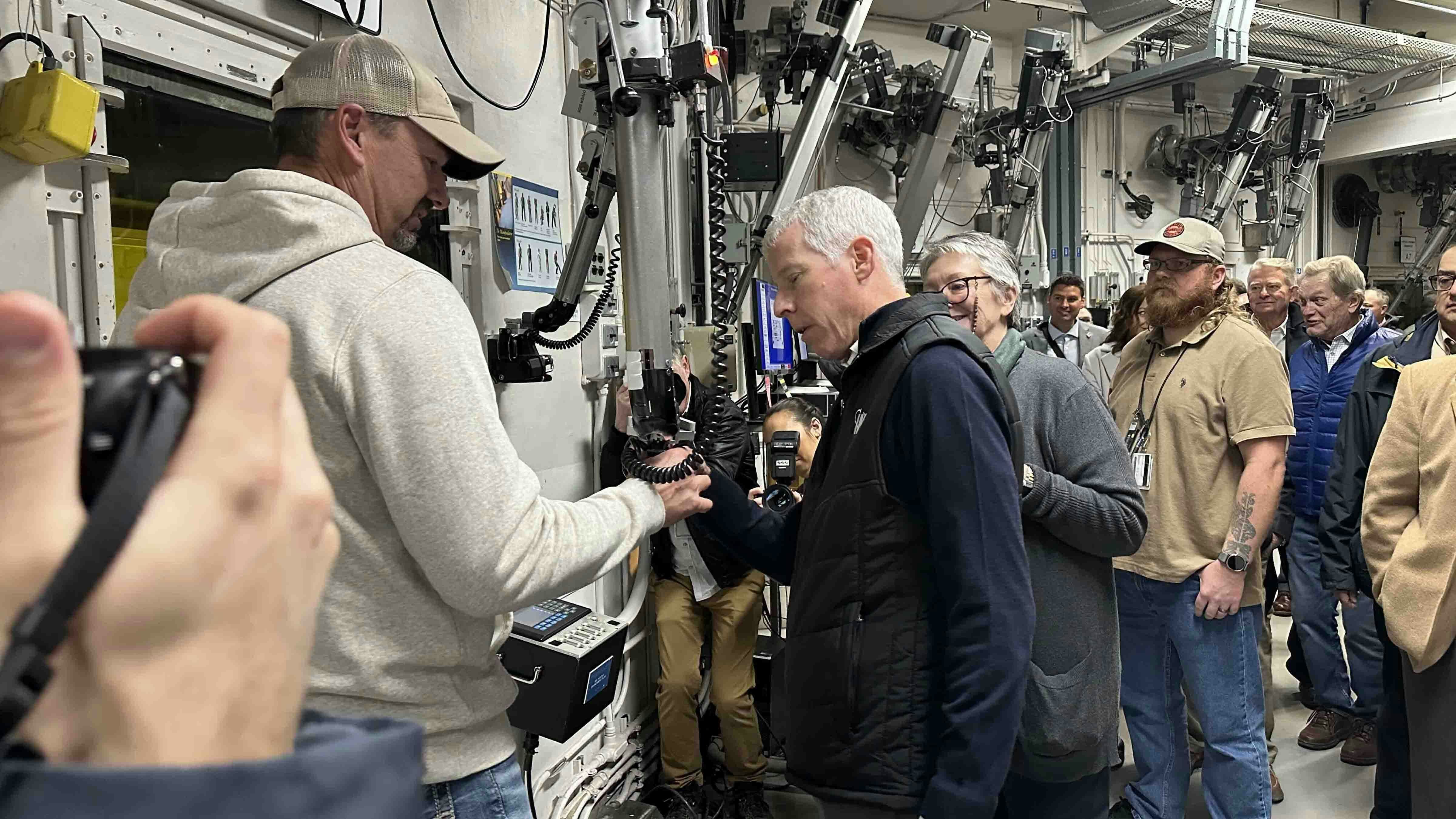The Biden administration has long promised that as it moves to shut down coal plants and restrict oil and gas drilling on public lands, workers in coal and petroleum industries would find new careers in the “green economy.”
It doesn’t appear that’s happening.
A new study by the National Bureau of Economic Research (NBER) finds that fewer than 1% of all workers who leave jobs in coal, oil and gas transition to jobs in low-carbon industries. In most cases, the report determined, people working in a high-carbon industry end up moving to another high-carbon industry.
Dirty To Green
In June, the administration bragged that “clean” energy jobs grew 3.9% in 2022, which amounted to an additional 114,000 jobs nationally. The NBER report found that the rate of transition from “dirty” to “green” jobs increased 10-fold between 2005 to 2021, which means it rose from near zero to less than 1%.
The report considers all extractive industries as dirty, including mining, oil and gas, coal and refining. It also includes many manufacturing industries, such as cement production, paper and pulp factories, and chemical production.
Green jobs include anything in wind, solar and electric vehicle manufacturing.
In Wyoming, there’s been a large drop in employees working in petroleum and coal mining. According to Federal Reserve Economic Data, between December 2014 and June 2023, the number of people employed in oil and gas extraction in Wyoming fell from 4,600 workers to 2,300. In that same period, the number of people employed in coal mining fell from about 6,600 to fewer than 4,600.
However, coal still remains king of employment in Wyoming’s electricity generation sector. According to the 2023 U.S. Energy and Employment Jobs Report, 858 people were employed in coal-fired electrical generation, whereas 223 were in solar and 137 in wind.
High School Graduates
Laramie County Community College (LCCC) offers a wind technician associate program.
Caleb Perriton, LCCC program director for trades and technical studies programs, told Cowboy State Daily that students entering the wind tech program, as is the case with all programs in the department, are either fresh out of high school or looking for a career change.
“Our trade students look very similar no matter what area they go into,” Perriton said.
Perriton said high school graduates make up the majority of freshmen, which has a lot to do with community college recruitment practices.
If there are any oil or coal workers looking to move into the wind industry, the college’s enrollment suggests they aren’t retraining through LCCC.
Dirty To Dirty
There isn’t a lot of evidence that workers in “dirty” industries are entering college programs to retrain for new careers in other high-carbon jobs.
WyoTech, which is located in Laramie, offers programs in automotive and diesel engine technologies. As with LCCC, WyoTech students, according to President Jim Mathis, are primarily coming from high school and are not older workers looking for a career change.
Mathis told Cowboy State Daily that 95% of WyoTech students are from out of state.
“Our admission practice as a whole is getting students that are graduating from high school into the trades,” Mathis said.
It’s possible, too, that people with experience in mining or the oil fields already possess the skills for jobs in other high-carbon jobs.
Chewed Up And Spit Out
The graduates coming out of trades are finding a quick route to employment. WyoTech had a career fair last week that had more than 100 companies from all over the U.S., and Mathis said they were hungry for employees.
Perriton said it’s the same for LCCC graduates, and industries are so eager to fill positions that they sometimes take people right off the street with few skills.
“Industry tends to chew them up and spit them out,” Perriton said.
Graduates from LCCC have foundational training, he said, to avoid that situation.





